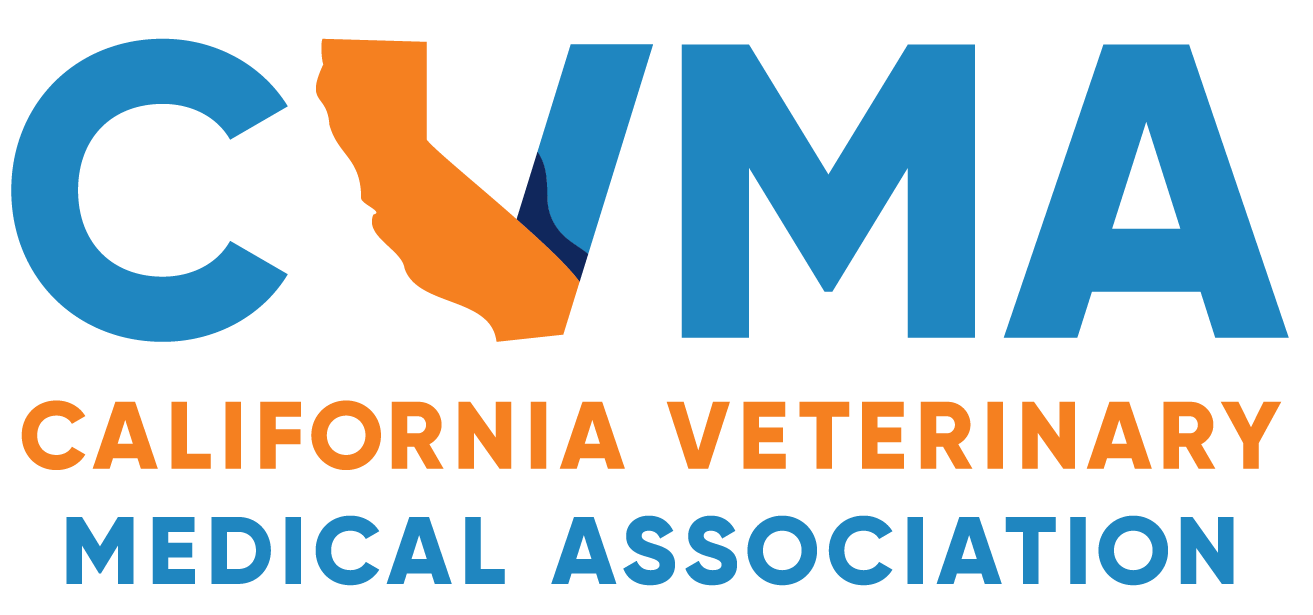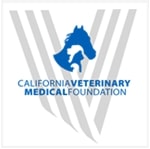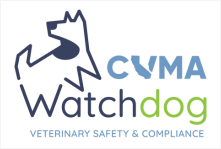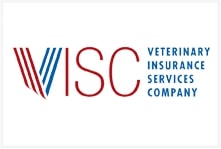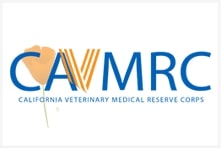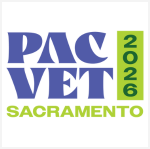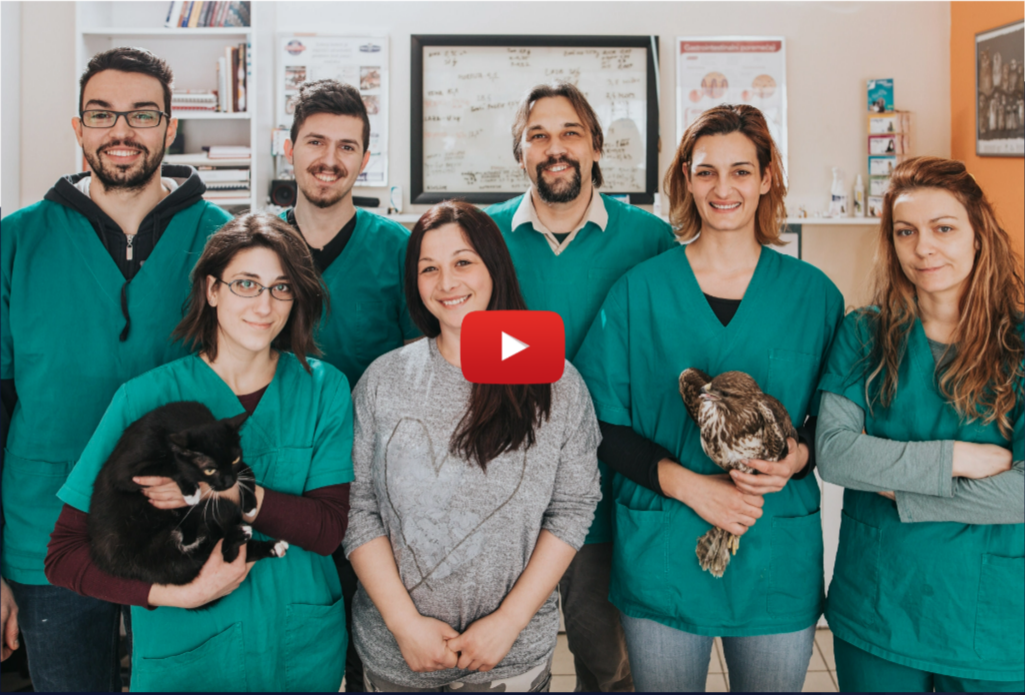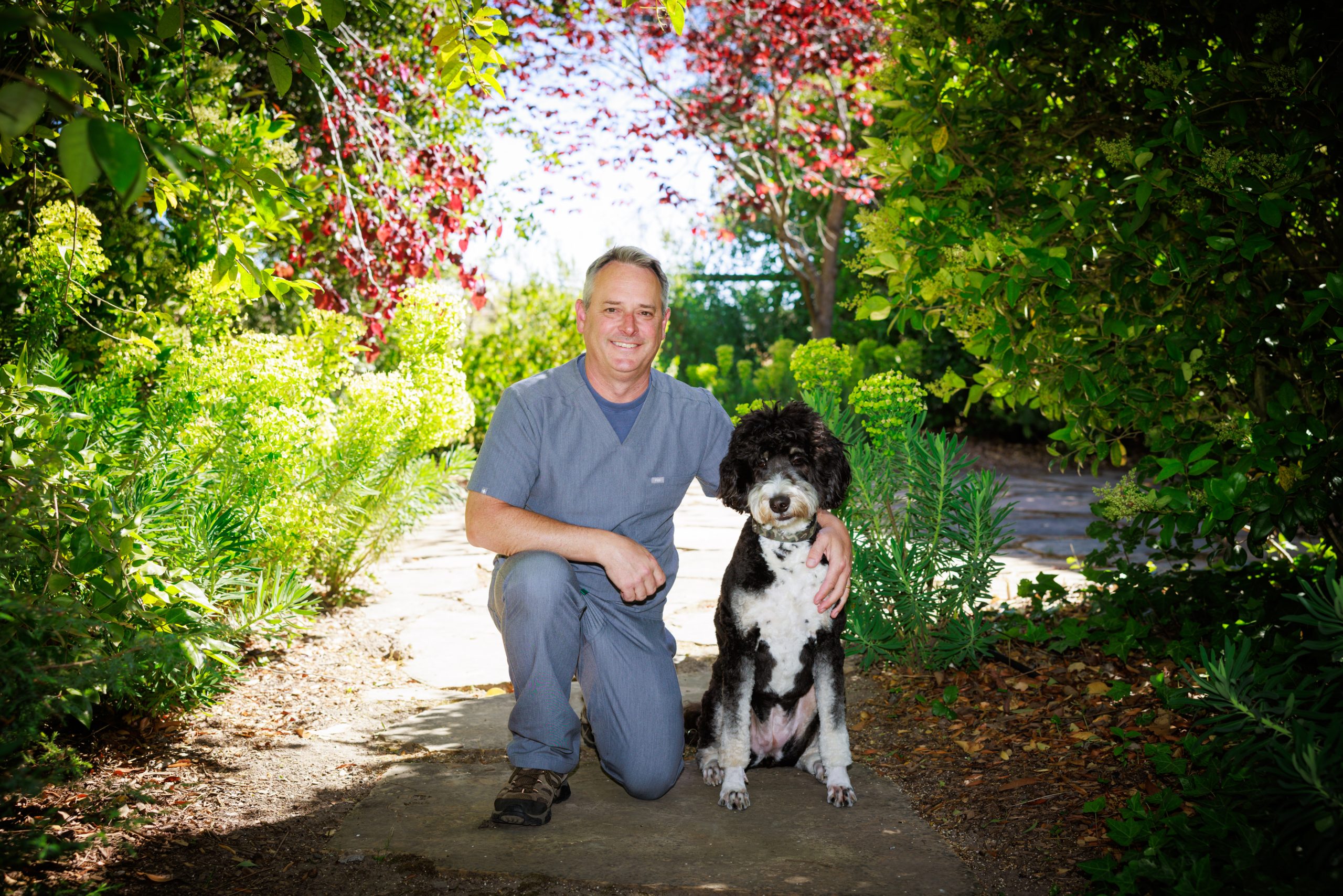
This article was originally printed in the July/August 2025 issue of the California Veterinarian magazine.
I learned early on in my organized veterinary medicine career that one can’t just sit by and listen. It was 1996, and I was the student representative to the Minnesota VMA’s Board of Governors. I had proposed that the student representatives receive full voting rights on the Board. However, the Board and I hadn’t discussed previously whether I could address the membership directly during the Board’s deliberation.
So, as the debate over this issue wore on, I just sat by and listened, unable to make my case. The students didn’t get the right to vote that day. While I was disappointed and frustrated, I received an important lesson: to make a good proposal was not enough—one had to engage with their colleagues to help this profession grow. That was the last time I just listened.
Despite the failure that day, students would eventually get the vote on the Minnesota VMA’s Board. Better yet, based on my experiences with the Board, I was selected to represent the students on the first major revision to the veterinary curriculum at the University of Minnesota SVM in quite some time. I still have pride that I helped the college head toward a modern curriculum that focused on mind over memory.
Stepping back a few years, I hadn’t always been “all in.” By the time of my matriculation to the University of Minnesota in the fall of 1994, I wasn’t sure about veterinary medicine as the profession for me. My path had wound from a love of animals as a child, to real-life veterinary experience, to letting childhood dreams subside while in the pursuit of hard sciences, only to come back through those lab experiences to the idea of medicine.
Still, I was young and unsure. However, within only a few days on campus, I became excited about the breadth of the veterinary education and embraced it with both arms. I didn’t get much sleep during that time, but I worked with raptors, helped at a low-cost veterinary clinic, worked the ER phones at night, and experienced my first clerk shift in the large animal hospital. No, this suburban kid did not know how to milk a cow—yet!
But wow, what a world. I still think the rumen is the coolest biological system in the world. And the family farms in Minnesota were an inspiration. I participated in the sheep, goat, and llama club and the foal team, and I always volunteered for large animal cases on my anesthesia rotation. But that wasn’t all; there were extra classes in nutrition, understanding food safety, and the regulatory space.

After I finished a small animal internship at the University of Pennsylvania, I followed my dreams and arrived in California. It was only natural for me to foster relationships in my local veterinary community at the Marin County Veterinary Medical Association. Soon, I’d been roped into leadership positions, but it really wasn’t that far of a leap from my prior experience as a student and SAVMA president.
When a position opened up to become a Marin County delegate to the CVMA, I jumped at the chance to expand my understanding of veterinary medicine at the statewide scale. After a few years, I was leading the House of Delegates as its chairperson. With the help of other CVMA leaders, we rallied the delegates to improve meeting attendance, helped to financially subsidize their attendance, and created pathways to communicate vital information back to their constituencies.
Serving on the CVMA Board of Governors has opened even more windows into the broad world of veterinarians, teaching me more about agriculture, the role of government and our relationship to it, and the unique challenges that rural and large animal veterinarians face. On the national scale, my work with American Veterinary Medical Association’s (AVMA) Political Action Committee (PAC) Board has opened my eyes to the need for advocacy to protect our profession and its day-to-day missions.
It is through these experiences that I’ve formed my goals to serve California veterinarians. I hope to lead by example, supporting the breadth of veterinarians in the state as President of the CVMA, while still serving the overall veterinary community as a consultant at TowardHealth Consulting.
This year, I look to support protection and advancement of rural veterinary practice. In return, we hope to maintain a consistent voice from rural communities within the CVMA’s governance. By doing this, we aim to not only hear the needs of these communities, but to be able to provide targeted support for their goals.
As this year’s CVMA president, I hope to build on the current momentum of focusing on veterinary technicians. We support more involvement by the technician contingent in our association, providing them with a greater voice and, most importantly, advocating for their role in the state and on a national level. Now is the time for each and every one of us to utilize technicians to the highest level of their expertise and to the highest extent allowed by law. For those technicians who wish advancement, we’d love to support more VTSs in the field as well as leadership and management training.
It is through the efficient use of staff that California veterinary practices can reach the highest levels of productivity, protecting independent practices while also helping groups of practices thrive.
And finally, another priority of mine as CVMA president is to challenge you. I’ve been lucky enough to learn about and support veterinary practice in many forms. How can you contribute, as well? If time is short, consider a donation to the CVMA PAC or the AVMA PAC, both non-partisan funds that keep support for veterinarians at the forefront of legislators, and protect us from misinformed regulations. Or get even more involved politically by building a relationship with your local assemblymember or other representative.
Politics an absolute no? Then a donation to the California Veterinary Medical Foundation provides immediate benefits. Have more time than cash to donate? Be the best leader you can in your local association. You can mentor a young veterinarian, veterinary technician, new graduate, or student. Wanting to use your skills to make a difference during an emergency? Become a volunteer of the California Veterinary Medical Reserve Corps.
No matter who you are or what your interests are, there is a way you can become involved in organized veterinary medicine and improve your profession. It is through combined action that this relatively small profession can have an outsized influence on our own daily lives, within our communities, and for the animals that we treat.
